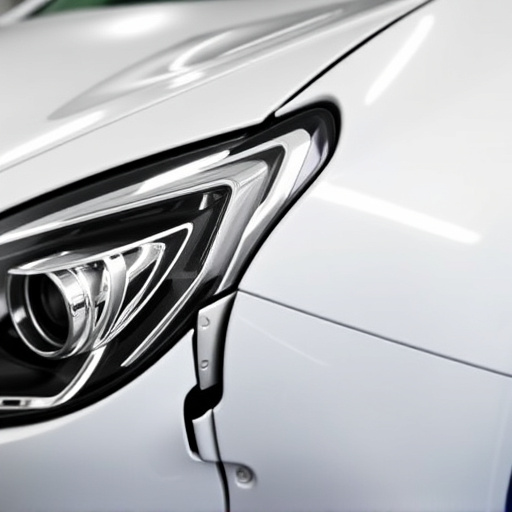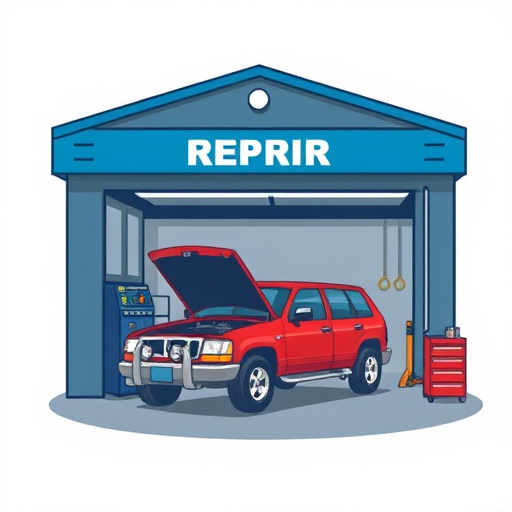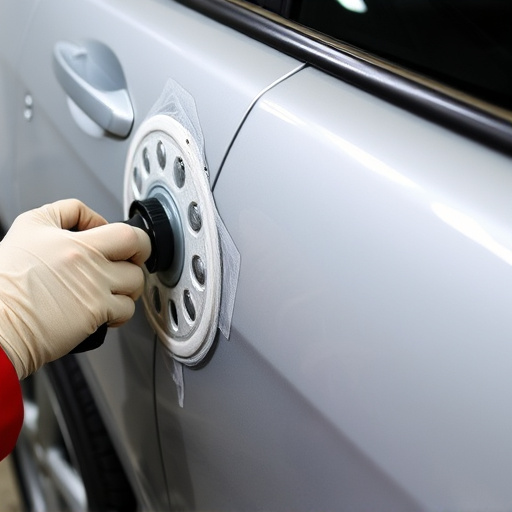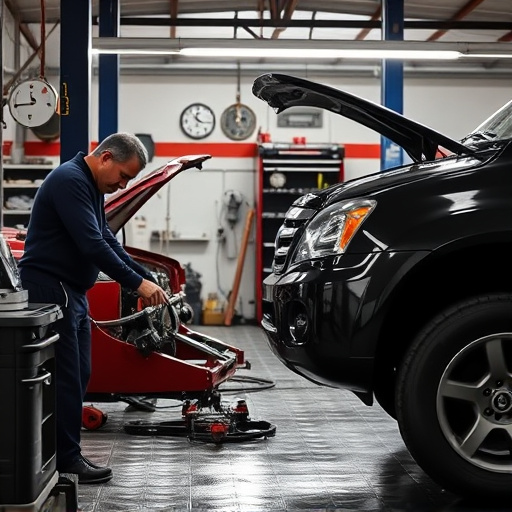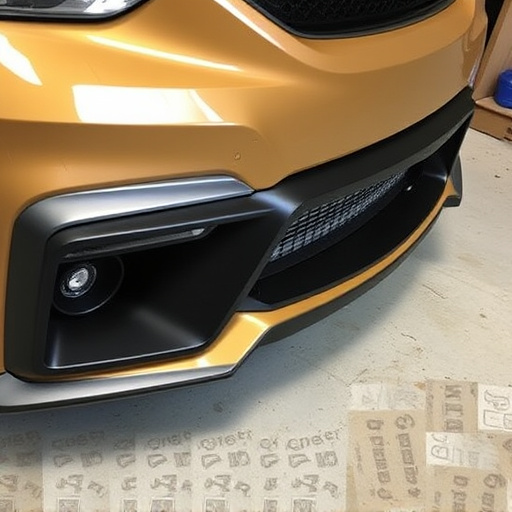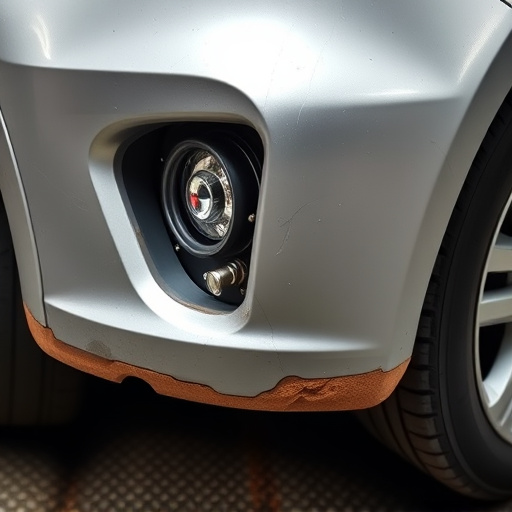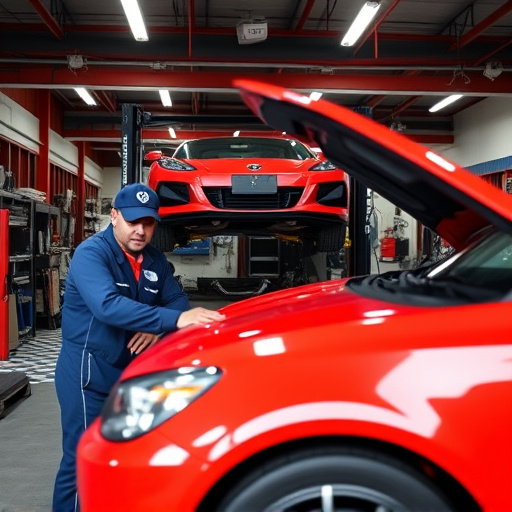Composite material replacement is transforming various industries by offering superior strength, durability, and cost-effectiveness. In automotive, it's used for body panels, enhancing fuel efficiency and reducing emissions. This technology streamlines production, cuts costs, and benefits the environment. High-end car repairs showcase its success, with reduced times and costs, lightweight designs, and improved structural integrity achieved through precise cutting, mold creation, and expert craftsmanship. Composites are recyclable, further emphasizing their eco-friendly nature. Efficient supply chain management and digital technologies ensure availability, while composite replacements provide durable and aesthetically pleasing solutions for common car issues.
In today’s market, businesses are seeking innovative solutions to enhance customer experiences and optimize operations. One such game-changer is the adoption of composite material replacement across various industries. This article delves into the transformative power of composite alternatives, highlighting their benefits and real-world applications. From successful case studies to strategies for implementation, discover how composite material replacement is revolutionizing processes and exceeding customer expectations.
- Uncovering Benefits: Transforming Industries with Composite Alternatives
- Real-World Applications: Success Stories of Material Swaps
- Overcoming Challenges: Strategies for Seamless Composite Replacement Implementation
Uncovering Benefits: Transforming Industries with Composite Alternatives
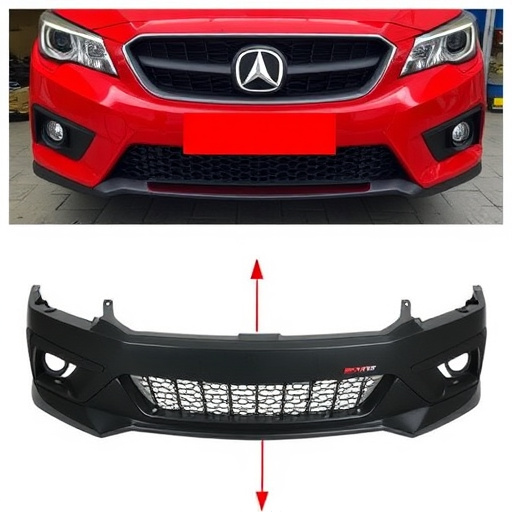
Uncovering Benefits: Transforming Industries with Composite Alternatives
In recent years, the concept of composite material replacement has gained significant traction across various sectors. This shift is largely driven by the superior strength-to-weight ratio and enhanced durability offered by composites compared to traditional materials. For instance, in the automotive industry, composite materials are increasingly being used for car body panels, reducing vehicle weight and improving fuel efficiency. This not only benefits consumers through better gas mileage but also has a positive environmental impact by lowering carbon emissions.
The advantages extend beyond just performance improvements. Composite material replacement streamlines production processes, making them more efficient and cost-effective. In the realm of car repair services and auto repair shops, composite alternatives offer a game-changing solution. Traditional metal repairs can be time-consuming and expensive, whereas composite repairs are quicker and often less costly. This not only enhances the overall customer experience but also contributes to the bottom line for both consumers and car repair shops alike.
Real-World Applications: Success Stories of Material Swaps
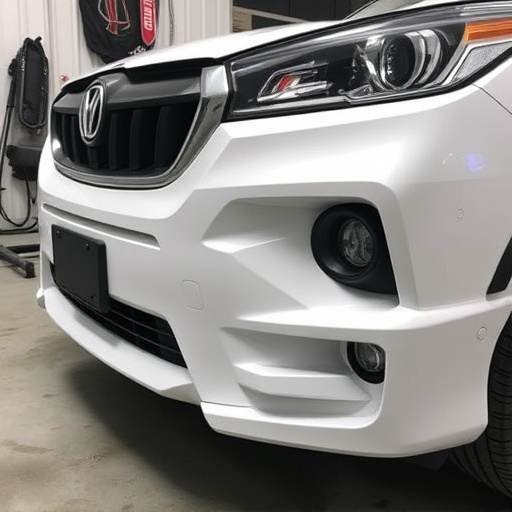
In the realm of automotive repairs, composite material replacement has emerged as a game-changer, revolutionizing how we approach auto body services and luxury vehicle repair. Real-world applications of this innovative technique have yielded remarkable success stories, particularly in the high-end car segment, such as Mercedes Benz repair. Manufacturers are increasingly utilizing composite materials for their exceptional strength-to-weight ratio, durability, and corrosion resistance. These materials offer a significant upgrade over traditional metal components, enabling more efficient and lighter vehicle designs.
The adoption of composite material replacement has led to reduced repair times and costs in mercedes benz repair and other luxury vehicle services. Moreover, it contributes to the environmental sustainability of the automotive industry by minimizing waste generated during the manufacturing and repair processes. These success stories highlight the versatility and practicality of composite material replacement, making it a preferred choice for auto body shops aiming to stay ahead in the competitive market while delivering top-notch repairs for high-end vehicles.
Overcoming Challenges: Strategies for Seamless Composite Replacement Implementation
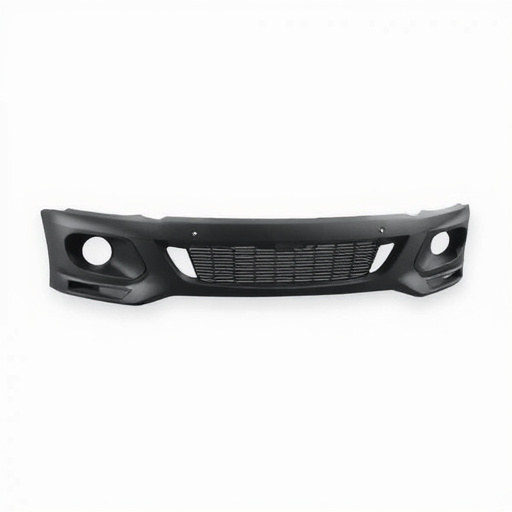
Implementing composite material replacement can be a complex process, but with careful planning and strategic approaches, challenges can be effectively overcome for a seamless experience. One key challenge lies in ensuring structural integrity during the replacement process, especially when dealing with intricate car parts like fenders or hoods. To address this, specialized techniques such as precise cutting, mold creation, and expert craftsmanship are essential. Trained professionals must accurately match the composite material’s properties to maintain the vehicle’s original strength and appearance.
Additionally, considering the environmental impact is crucial for a responsible approach. Many composite materials can be recycled or reused, reducing waste generation. Efficient supply chain management ensures that replacement parts are readily available, minimizing delays in repairs. Incorporating digital technologies like 3D printing also streamlines the process, allowing for on-demand production of custom composite components. When it comes to common issues such as car scratch repair, car dent removal, or auto glass replacement, composite material replacement offers durable and aesthetically pleasing solutions, enhancing customer satisfaction with the overall experience.
Composite material replacement has proven to be a game-changer across various industries, offering enhanced performance and sustainability. By learning from real-world applications and successfully navigating challenges, businesses can unlock significant benefits. Uncovering the advantages of composite alternatives enables a transformative shift, fostering innovation and driving progress in an increasingly eco-conscious world. This approach ensures a brighter future where composite material replacement becomes the norm, shaping industries and improving customer experiences.
